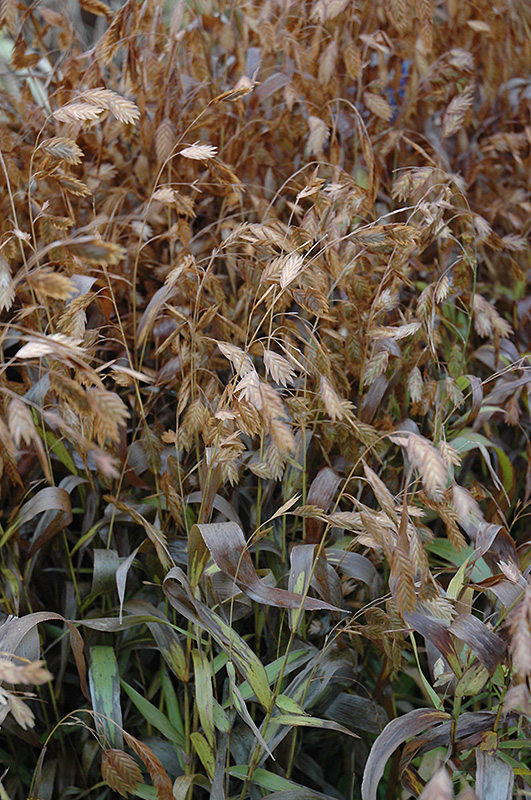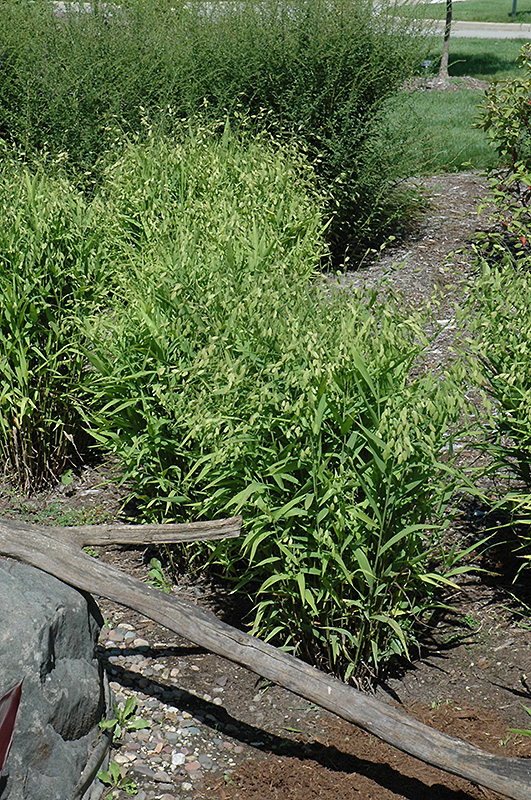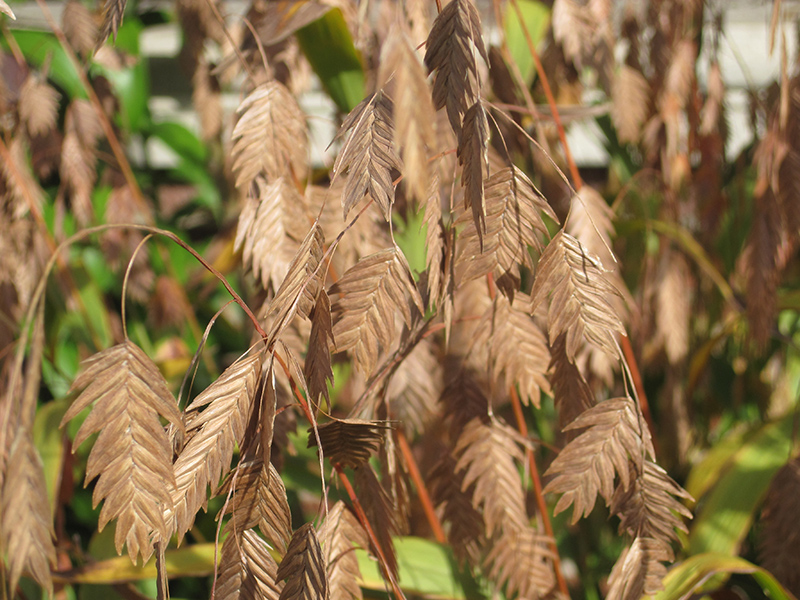VANDERMEER
PLANT LIBRARY
Find the perfect plant for your space by browsing through this extensive selection that we typically carry every year.
This library is for information purposes only.
Height: 5 feet
Spread: 30 inches
Sunlight:
![]()
![]()
Hardiness Zone: 3a
Other Names: Uniola latifolia
Description:
This grass is grown for its lovely drooping hop-like seed heads that flutter in the wind; the seed heads mature to a purple-bronze color and make a nice accent when left on through the winter; use for fresh and dried flower arrangements
Ornamental Features
Northern Sea Oats is primarily grown for its highly ornamental fruit. It produces abundant clusters of purple hop-like fruit from late summer to late fall. It grassy leaves are light green in colour. As an added bonus, the foliage turns a gorgeous coppery-bronze in the fall.
Landscape Attributes
Northern Sea Oats is an herbaceous perennial grass with a shapely form and gracefully arching stems. Its medium texture blends into the garden, but can always be balanced by a couple of finer or coarser plants for an effective composition.
This is a relatively low maintenance plant, and is best cleaned up in early spring before it resumes active growth for the season. Gardeners should be aware of the following characteristic(s) that may warrant special consideration;
- Spreading
- Self-Seeding
Northern Sea Oats is recommended for the following landscape applications;
- Accent
- Mass Planting
- Border Edging
- General Garden Use
- Naturalizing And Woodland Gardens
Planting & Growing
Northern Sea Oats will grow to be about 4 feet tall at maturity, with a spread of 30 inches. Its foliage tends to remain dense right to the ground, not requiring facer plants in front. It grows at a medium rate, and under ideal conditions can be expected to live for approximately 10 years. As an herbaceous perennial, this plant will usually die back to the crown each winter, and will regrow from the base each spring. Be careful not to disturb the crown in late winter when it may not be readily seen!
This plant does best in full sun to partial shade. It is quite adaptable, prefering to grow in average to wet conditions, and will even tolerate some standing water. It is not particular as to soil type or pH. It is somewhat tolerant of urban pollution. This species is native to parts of North America.







